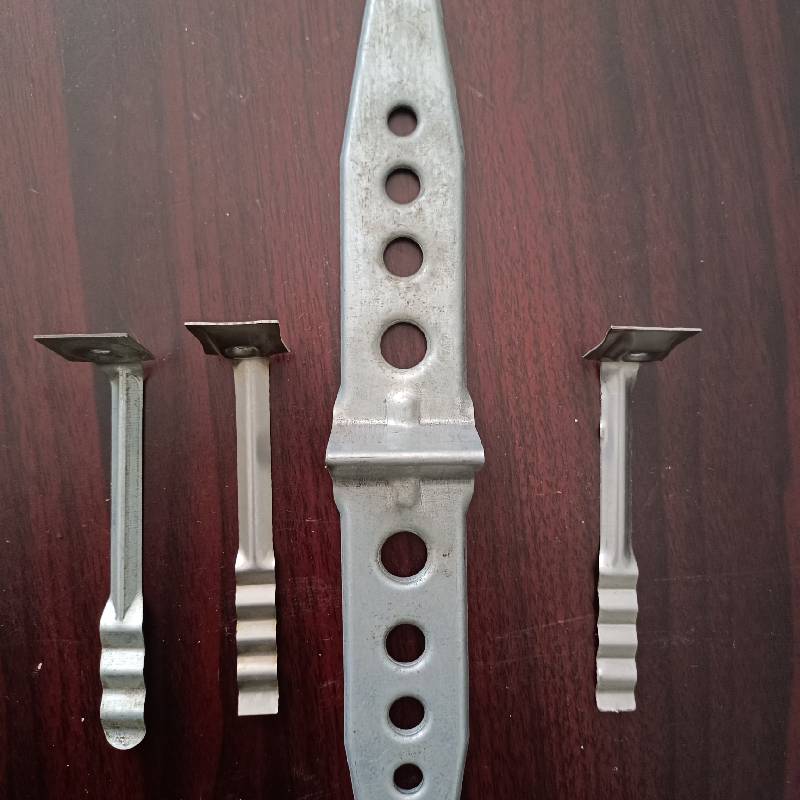
- Mobile Phone
- +8613931874955
- sales@cntcmetal.com
plaster internal corner bead
Understanding Plaster Internal Corner Bead A Comprehensive Guide
Plaster internal corner bead is an essential component in drywall and plastering applications, primarily used to create a clean, sharp edge at internal corners. Corner beads provide both structural support and aesthetic perfection, ensuring that corners maintain their integrity while providing a polished finish for walls. In this article, we will explore the various types of corner beads, their installation processes, and their significance in the overall drywall finishing procedure.
What is Corner Bead?
Corner bead is a narrow strip of material that reinforces internal corners in plaster or drywall systems. It typically consists of metal, plastic, or paper-faced materials. The most common types of corner bead are
1. Metal Corner Bead Typically made from galvanized steel, metal corner beads are durable and resistant to denting. They are ideal for high-traffic areas where corners might otherwise suffer damage.
2. Plastic Corner Bead Lightweight and easy to handle, plastic corner beads are moisture-resistant and are often used in areas where moisture might be a concern, such as bathrooms or kitchens.
3. Paper-Faced Corner Bead This type features a layer of paper on the surface, making it suitable for various finishing techniques. It adheres well to drywall compound and offers a seamless finish after taping and sanding.
Why Use Corner Bead?
The primary function of corner bead is to enhance the appearance and durability of drywall corners. Internal corners are particularly vulnerable to damage; without the reinforcement that corner beads provide, they can easily chip or crack over time. By using corner beads, builders and homeowners can ensure that their drywall installation stands the test of time while maintaining a professional aesthetic.
plaster internal corner bead

Installation Process
The installation of plaster internal corner beads involves several steps
1. Preparation Before installing the corner bead, ensure that the drywall is properly installed and the edges are cut cleanly. Measure the length needed for the corner bead and cut it accordingly using a utility knife or snips.
2. Positioning Place the corner bead along the internal corner. Ensure that it is flush against the drywall and accurately aligned with the edge.
3. Nailing or Screwing Depending on the type of corner bead, secure it in place using nails or screws. For metal corner beads, fastening every 12 to 16 inches is common, while plastic beads may often be glued or stapled.
4. Taping and Finishing Once the corner bead is secured, apply joint compound over it using a taping knife. Feather the edges out onto the surrounding drywall for a smooth transition. Allow the compound to dry, then sand it down to achieve a flush surface.
5. Painting Finally, paint the corners to match the rest of the wall or finish with a texture as desired.
Conclusion
Incorporating plaster internal corner beads into your drywall finishing routine not only enhances the visual appeal of your space but also adds durability to the vulnerable corners of your walls. Whether you opt for metal, plastic, or paper-faced options, the choice of material should align with the specific needs of your project. By following proper installation techniques, you can achieve a flawless finish that stands the test of time. Thus, corner beads are an indispensable tool for anyone undertaking drywall projects, whether for a small renovation or a large-scale construction task.
share:
-
Why Sacrificial Formwork Is Redefining Underground ConstructionNewsJun.06,2025
-
The Structural Dynamics of Modern Concrete: How Snake Spacers Revolutionize Flexible ReinforcementNewsJun.06,2025
-
Snake Spacers Smart-Lock Concrete Reinforcement with Surgical PrecisionNewsJun.06,2025
-
Snake Spacers: Reinforcement Precision for Modern Concrete ProjectsNewsJun.06,2025
-
Snake Spacers Powering Concrete's Structural DNANewsJun.06,2025
-
Slither into Success: Snake Spacers' Precision Bite for Unbreakable ReinforcementNewsJun.06,2025
-
Sacrificial Formwork: Building Stronger, Faster, and Safer StructuresNewsJun.06,2025



















